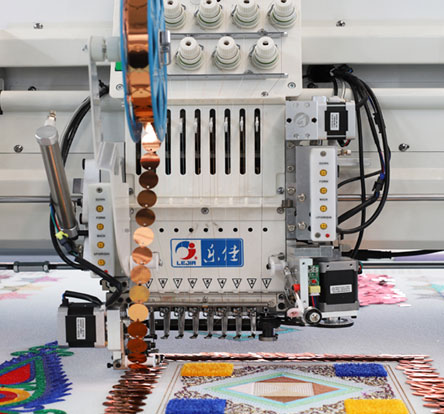Reconfirm what stitch method should be used to embroider the pattern: tartarmi (mat pattern) is mainly used when embroidering a large area. It can be adjusted according to the different requirements of the picture, and the direction and pattern of the needle should be adjusted in the design and creation. The fantasy, and the experience of embroidery, flat stitches are mainly used to embroider narrow areas. They are often used in small letters, hemmings, and narrow bands. Of course, in order to make a wide range of special effects, they are also extremely commonly used in flat stitches. This is used for bottom thread and hemming. , Manual stitching is mainly used on special plates, especially where precision is required.


